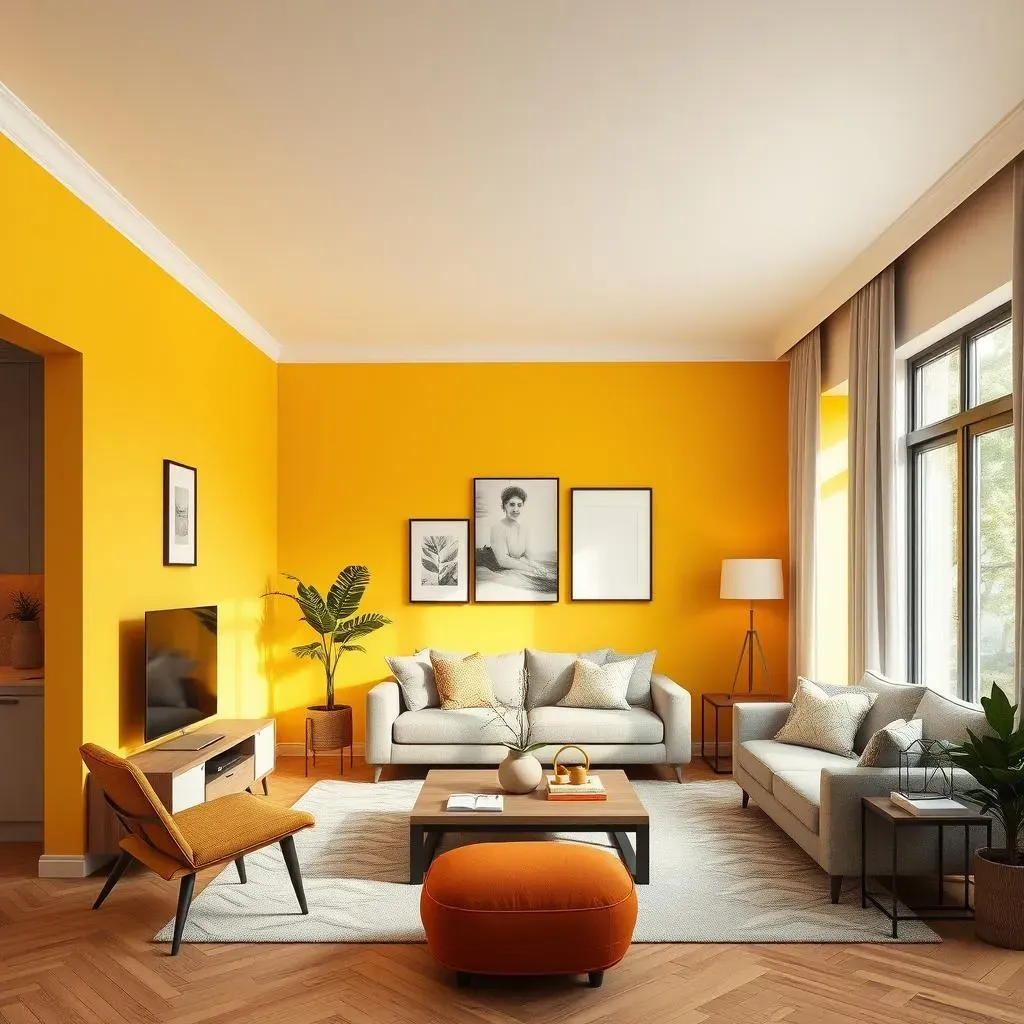Table of Contents
Ever stared at a room and thought, "It needs something...more?" That's where the magic of an accent wall comes in. It’s not just about slapping on a random color; it's a chance to completely change how a room feels. We're going to explore the world of accent walls, specifically, what color for accent wall works best. Whether you're aiming for a bold statement or a subtle shift, the right color can make all the difference. This article will be your guide, walking you through the ins and outs of choosing the perfect hue. We'll cover everything from picking the right wall, to styling tips, and even when to consider alternatives. Get ready to transform your space, one wall at a time. Forget the boring, embrace the bold. Let's get started.
Choosing an Accent Wall Color
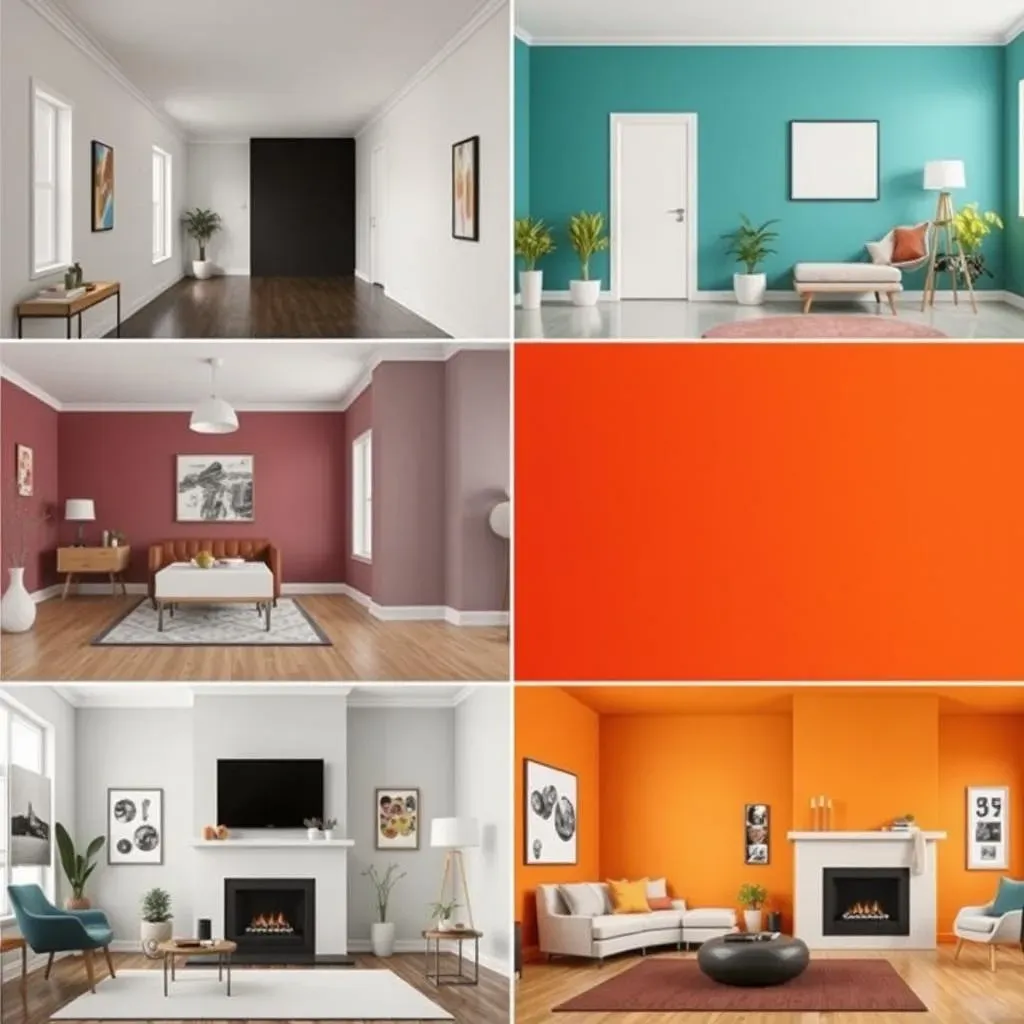
Choosing an Accent Wall Color
Picking the Right Wall
Okay, so you're itching to add an accent wall. First things first, not every wall is a winner. You gotta play it smart. Think about your room's focal points. Is there a fireplace? A big window with a killer view? Those are prime candidates. You want the accent wall to enhance what's already cool, not fight against it. Avoid walls that are too small or broken up by lots of doors or windows; they just won't give you that satisfying pop. And trust me, a slanted ceiling is not your friend here.
Another thing to consider is the shape of your room. Long and narrow? A dark accent wall at the far end can create a sense of depth, making the room feel bigger – it's like a visual trick! But if you have a small room, going too dark might make it feel cramped. Instead, consider a lighter, brighter shade to open things up. It's all about working with what you've got, not against it. And remember, symmetry can be your friend, so pick a wall that makes sense within the room's overall layout.
Room Type | Good Accent Wall Choices | Avoid |
|---|---|---|
Long and Narrow | End wall with no obstructions | Side walls with many doors |
Small Rooms | Wall that gets good natural light | Very dark colors |
Rooms with Fireplace | The wall with the fireplace | Walls with slanted ceilings |
Color Considerations
Now, let’s get to the fun part: color! It’s not just about grabbing the first pretty paint you see. You need to think about the room's existing color scheme. Do you have a neutral palette? Great! An accent wall in a bold color can add a punch without being overwhelming. But, if you're already rocking a vibrant space, you might want to go with a more subtle shade that complements the existing colors. I once painted a bright orange accent wall in a room with lime green walls, let's just say it looked like a bad citrus explosion, not my proudest moment.
The color of your accent wall should also show up in other places in the room. It doesn't have to be the exact same shade, but a few pillows, a rug, or some artwork that incorporates that color will tie everything together. It’s about creating harmony, not a color battle. Also, think about the mood you want to create. Cool blues and greens can make a space feel calm and relaxing, while warmer tones like yellows and oranges can add energy and excitement. Just make sure the color you choose is something you’ll actually want to live with, not just something that's "in" right now. Remember, trends fade, but your home is forever, or at least until the next paint job.
Styling Tips for Your Accent Wall
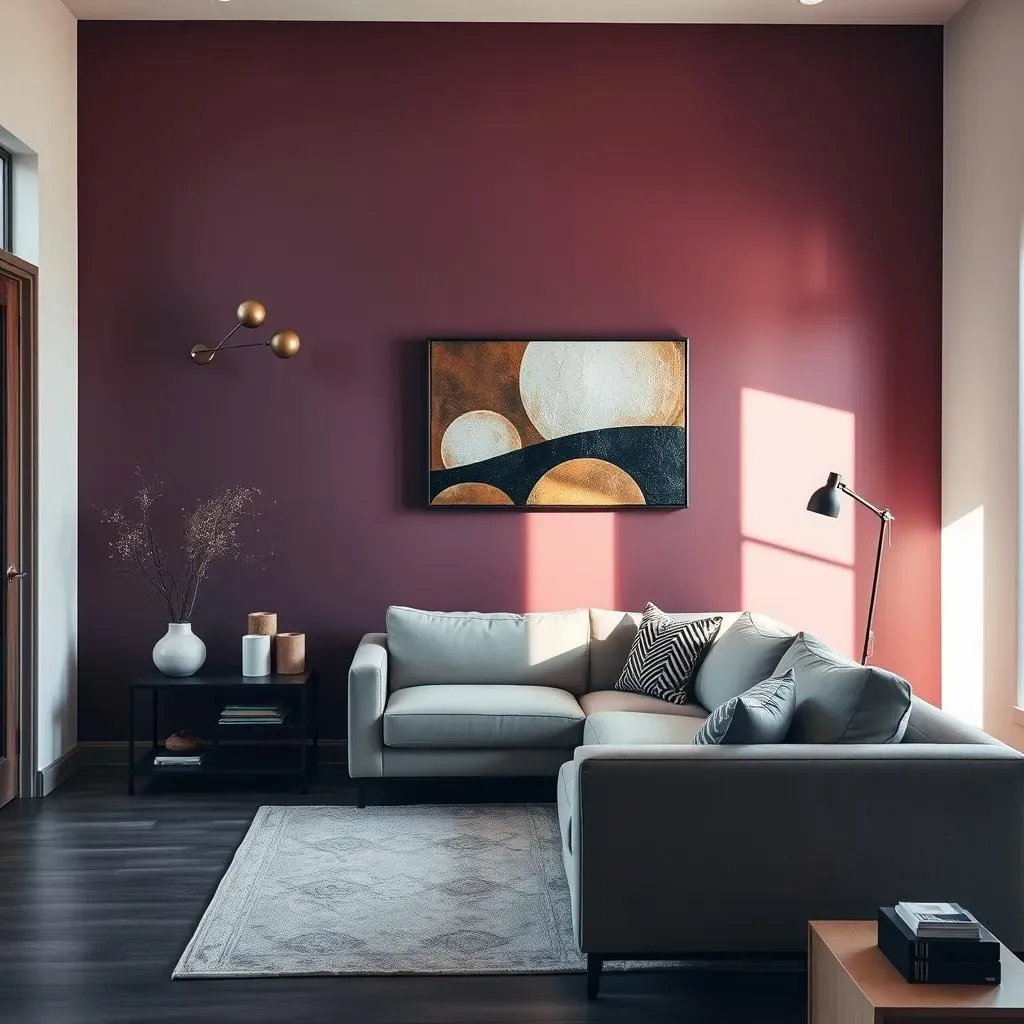
Styling Tips for Your Accent Wall
Okay, so you've picked your wall and your color, but the job isn't done yet. Now, it's time to think about styling. An accent wall shouldn't just sit there looking pretty; it should be part of a larger story. Think of it like the star of your room, but even stars need a supporting cast. One of the easiest ways to make an accent wall pop is by using patterns. You don't have to go crazy with wallpaper, unless that's your thing. Even simple geometric patterns or stripes can add some visual interest and depth. And don't forget about texture, which can be added with stone, tile, or wood. A textured wall can look amazing, especially in a space that is otherwise very smooth and modern.
Metallic finishes are another great way to elevate your accent wall. Gold, silver, or even copper can add a touch of glamor and make the wall feel more luxurious. Plus, they can catch the light in interesting ways. Remember, the goal isn't just to add color, but to add dimension and personality. And if you are unsure where to start, try to think about what you want the room to feel like. Do you want it to feel cozy and inviting? Then go with warm colors and natural textures. Do you want it to feel modern and sleek? Then go with cool colors and metallic finishes. It's all about creating a space that reflects your personal style and makes you feel good.
- Patterns: Stripes, geometric shapes, or wallpaper
- Texture: Stone, tile, or wood
- Metallic Finishes: Gold, silver, or copper
Don't forget about the art! An accent wall is a great backdrop for your favorite pieces. Think about the scale of the art in relation to the wall. A large statement piece can look amazing on an accent wall, but so can a gallery wall of smaller pieces. It really depends on the vibe you’re going for. The key is to make sure the art complements the accent wall, not competes with it. If you have a bold colored wall, you might want to go with more subtle art. If you have a more subtle colored wall, you can go a little bolder with your art. It's all about finding the right balance. And the same thing applies to furniture. Your furniture should work with the accent wall, not against it. If you have a bold accent wall, you might want to go with more neutral furniture. If you have a more subtle accent wall, you can go a little bolder with your furniture. Again, it's all about creating a space that feels balanced and cohesive.
And here's a pro tip: don't be afraid to break the rules. If you want to use a super bright color on your accent wall, go for it. If you want to use a bunch of different patterns, go for it. The most important thing is that you love the space you create. After all, it's your home, not a museum. Your accent wall is a chance to express your creativity and have some fun. You can also use the accent wall to highlight some of the other features of your space. For example, if you have a beautiful fireplace, you can use the accent wall to draw attention to it. Or if you have a great view, you can use the accent wall to frame it. The possibilities are endless!
Element | Styling Tips |
|---|---|
Art | Consider the scale and color |
Furniture | Choose pieces that complement the wall |
Rules | Don't be afraid to break them |
Accent Wall Rules and When to Break Them
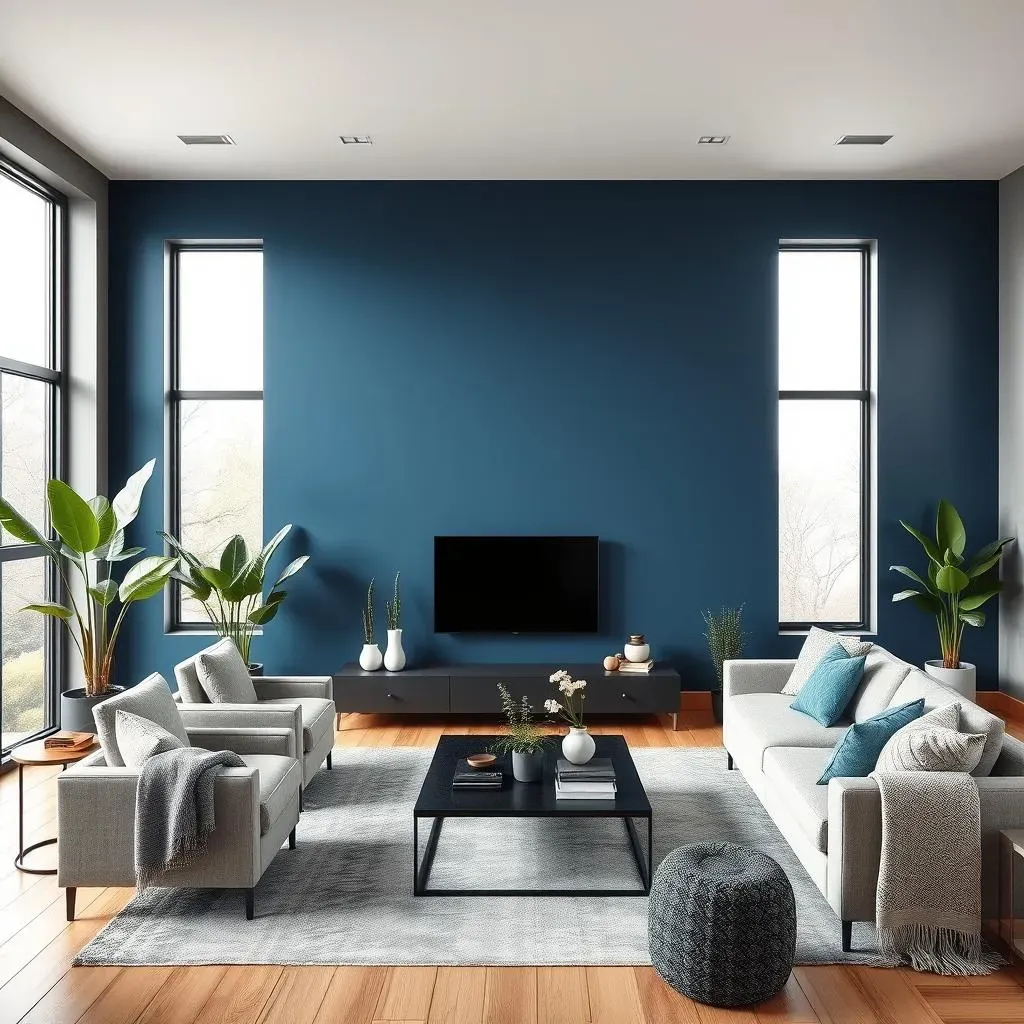
Accent Wall Rules and When to Break Them
The Golden Rules of Accent Walls
Okay, let's talk rules. You know, the stuff people say you "should" do. When it comes to accent walls, there are a few common guidelines. First, they often say that the accent wall should be the focal point of the room. That means it's the wall your eyes naturally go to when you enter the space. It could be the wall with the fireplace, the one behind your bed, or the one with the best view. The idea is to highlight something special about the room, not just randomly pick a wall. Another rule? The color should complement the other colors in the room. It shouldn’t clash or feel out of place. The accent wall should be part of a cohesive design, not a rogue element. And finally, they say to avoid using an accent wall in a small room because it can make it feel even smaller, but we all know rules are meant to be broken.
These rules are good starting points. They help you understand the basics and make sure you don’t end up with a design disaster. But, here’s the thing, these are just guidelines, not hard-and-fast laws. You have permission to bend them, or even break them if you have a good reason. Sometimes, the best designs come from ignoring the norm and going with your gut. Think of it this way: rules are like training wheels on a bike. They're there to help you get started, but once you get the hang of it, you can take them off and ride your own way.
Rule | Explanation |
|---|---|
Focal Point | The accent wall should draw the eye |
Complementary Color | The color should fit with the room's palette |
Small Rooms | Avoid if it makes the room feel smaller |
When to Bend the Rules
So, when is it okay to ditch the rules? Well, pretty much anytime you want to, but here are some examples. Let's say you have a small room and you really want an accent wall. Instead of avoiding it altogether, you could use a light color or a subtle pattern to make the room feel larger. The key is to use the accent wall to your advantage, not to let it work against you. Or maybe you want to use a super bold color that doesn't exactly match anything else in the room. That can work too, as long as you find a way to tie it together with other elements, like artwork or accessories. It's all about creating a space that feels intentional, even if it's not exactly what the "experts" recommend.
And let's not forget about personal style. Rules are great, but they don’t always fit everyone's taste. If you love a certain color, or pattern, or texture, don’t let some rule stop you from using it. Your home should be a reflection of who you are, not just a copy of what you saw on Pinterest. I once saw a room where the accent wall was painted with a mural of a jungle scene, it was completely unexpected but it totally worked. The point is, you are the one living there, so you are the one who gets to make the final call. So, go ahead, break a few rules, and see what happens. You might just surprise yourself.
The Art of Intentional Design
Ultimately, the secret to a great accent wall isn't about following rules, but about intentional design. It’s about making choices that are deliberate and meaningful. Before you start painting, take some time to think about what you want to achieve. What kind of mood do you want to create? What feeling do you want the space to evoke? What’s your personal style? Once you have a clear idea of what you’re going for, you can start making choices that support that vision. It’s not about randomly picking colors or patterns, but about creating a space that reflects your personality and your values.
So, don't be afraid to experiment, to try new things, and to break a few rules along the way. The most important thing is that you love the space you create. And if you don't, well, you can always paint it again. That’s the beauty of accent walls – they’re not permanent, and they offer a great way to change the look and feel of your space without a huge commitment. So, go out there, have some fun, and create an accent wall that’s uniquely yours. Just remember to always have a plan, even if that plan is to break all the rules.
- Intentional Design: Make choices that are deliberate
- Personal Style: Reflect your taste
- Experimentation: Don't be afraid to try new things
Accent Wall Alternatives
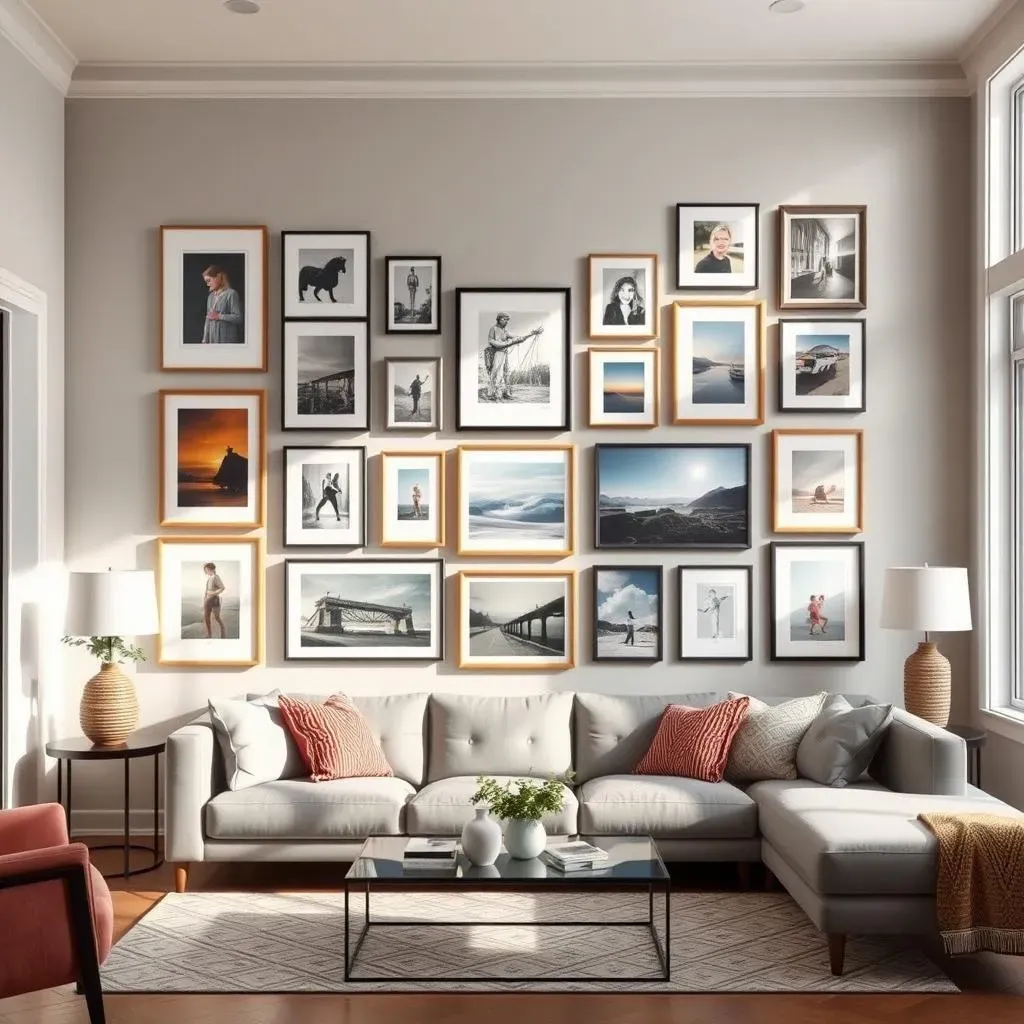
Accent Wall Alternatives
Thinking Outside the Paint Can
Alright, so maybe you're not totally sold on the idea of an accent wall, or perhaps you're just looking for something a little different. That's totally cool! The good news is, there are tons of ways to add a focal point to your room without picking up a paintbrush. Think of it like this: an accent wall is just one tool in your design toolbox. There are plenty of other ways to make a space feel unique and interesting. We are going to explore some alternatives that will give you the same impact without the commitment of paint. It's all about finding what works best for your style and your space. So, if you're ready to think outside the paint can, let's get started!
One of the easiest ways to make a statement is with a large wall hanging. This could be anything from a tapestry or a macrame piece to a piece of fabric art. Wall hangings are great because they add texture and visual interest, and they can be easily swapped out whenever you want a change. Plus, they’re a great way to add a pop of color and pattern without committing to painting a whole wall. Another great alternative is peel-and-stick wallpaper. It's way less of a hassle than traditional wallpaper, and there are so many cool designs to choose from. You can go for a bold pattern, a subtle texture, or even a metallic finish. And, when you’re tired of it, you can just peel it off without damaging your wall. It's like having a temporary tattoo for your room!
Alternative | Description |
|---|---|
Large Wall Hangings | Tapestries, macrame, fabric art |
Peel-and-Stick Wallpaper | Easy to apply and remove |
Art as a Focal Point
Another awesome alternative to an accent wall is to use large artwork. A single, oversized piece can completely transform a room and become an instant focal point. It could be a painting, a photograph, or even a sculptural piece. The key is to choose something that you love and that speaks to your personal style. And, unlike a painted wall, artwork can be moved around, so you can change things up whenever you feel like it. If you don’t have a single large piece, you can create a gallery wall with a collection of smaller pieces. This is a great way to showcase your personality and add some visual interest to your space. You can mix and match different styles, sizes, and frames to create a unique and eclectic look.
And don’t forget about other decorative elements. Things like mirrors, shelving, or even plants can also create a focal point in your room. A large mirror can make a space feel bigger and brighter, while a set of shelves can be used to display your favorite objects. And plants are great for adding life and color to a room. The possibilities are endless! The important thing is to think about what you want to achieve and to choose elements that reflect your personal style. An accent wall isn’t the only way to make a statement. There are plenty of other ways to add personality and character to your space. So, don’t be afraid to experiment and try new things. You might just surprise yourself with what you come up with. After all, it’s your space, and you should fill it with things you love.
The Beauty of Flexibility
Ultimately, the best alternative to an accent wall is the one that works best for you and your space. There's no one-size-fits-all answer. It's all about finding what you love and what makes you feel good. The great thing about alternatives is that they offer flexibility. You can change them up easily, move them around, and experiment with different looks without the commitment of a painted wall. And that can be a huge relief if you're someone who likes to change things up often. So, don't feel like you're stuck with just one option. There are tons of ways to make a statement in your room, and the best way to find what works for you is to try new things. So, go out there, explore your options, and create a space that you love.
Remember, design is all about having fun and expressing yourself. So, don’t be afraid to break the rules, experiment with different ideas, and create a space that feels uniquely yours. Whether you choose an accent wall, a large wall hanging, a gallery wall, or a combination of all of the above, the most important thing is that you love the space you create. And if you don’t, well, you can always change it up. That’s the beauty of design – it’s always evolving, and there’s always something new to try. So, go forth and create some magic!
- Flexibility: Easy to change and move
- Experimentation: Try different looks
- Personal Touch: Reflect your style
Frequently Asked Questions About Accent Walls
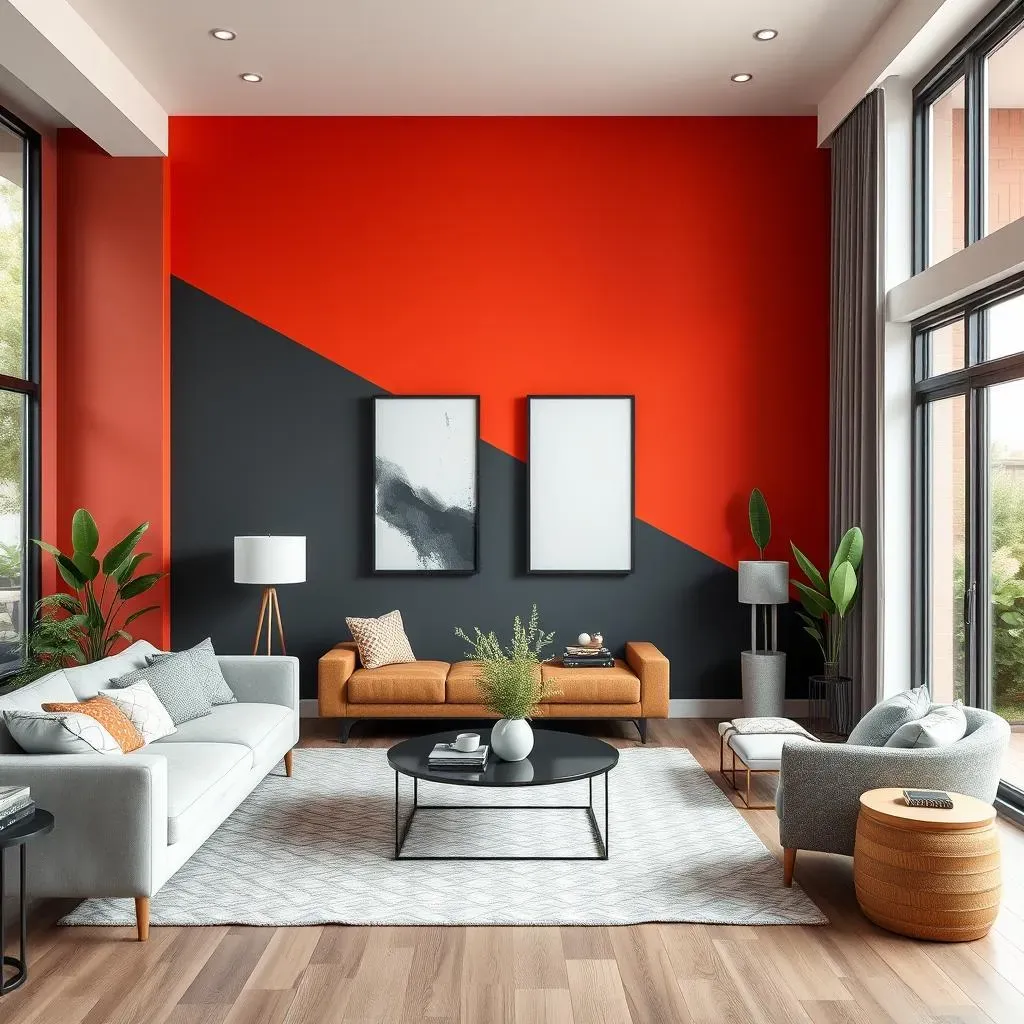
Frequently Asked Questions About Accent Walls
Are Accent Walls Still a Good Idea?
Okay, so you might be wondering, with all the design trends out there, are accent walls still a thing? The short answer is: absolutely! But, like any design element, it's all about how you use them. Accent walls aren't some outdated relic. They're a versatile tool that can add personality and style to any space. The key is to be intentional and thoughtful about your choices. If you're just slapping a random color on a wall because you saw it on Pinterest, then yeah, maybe it's not the best idea. But, if you're using an accent wall to highlight a focal point, create depth, or add some visual interest, then go for it! It's all about how you make it work for your space and your style. And remember, design is about expressing yourself, so don't let anyone tell you what you can and cannot do.
The thing about trends is that they come and go, but good design is timeless. An accent wall, when done right, can be a timeless addition to your home. It can add character, warmth, and a touch of your personality. And, if you ever get tired of it, you can always paint over it or try something new. That's the beauty of design - it's always evolving. So, don't be afraid to experiment and try new things. The most important thing is that you love the space you create. And if you happen to love accent walls, then don't let anyone tell you they're out of style. Just make sure you're using them intentionally and thoughtfully. That's what matters most.
Question | Answer |
|---|---|
Are accent walls outdated? | No, they are still a great design choice when used intentionally. |
Can they add personality? | Absolutely, they can add character and warmth to a space. |
Can I Have Multiple Accent Walls?
So, you're feeling bold, huh? You're thinking, "One accent wall isn't enough, I need more!" Well, the answer is yes, you can have multiple accent walls, but you need to be careful. It’s not about painting every wall a different color, that would be chaos. Think of it like this: each accent wall should have a purpose. Maybe you want to define different zones in a large open space, like a living area and a dining area. In that case, multiple accent walls can be a great way to create some visual separation. Or maybe you want to make a space feel narrower or wider. You can use accent walls to trick the eye and create the illusion of depth or width. The key is to have a plan and make sure each accent wall is working with the others, not against them.
However, don't go overboard. If your room has too much going on, adding multiple accent walls can make it feel cluttered and overwhelming. Sometimes, less is more. It's all about finding the right balance and making sure each element has a purpose. If you're unsure, start with one accent wall and see how it feels. You can always add more later if you think it's necessary. And remember, it's not about following some rule or trend, it's about creating a space that you love and that works for your needs. So, go ahead, experiment, and see what happens. You might just surprise yourself with what you come up with. And if it doesn’t work out, well, you can always paint it again. That’s the beauty of design.
Wrapping Up Your Accent Wall Adventure
So, you've navigated the world of accent walls, from choosing the perfect color to understanding the rules—and when to bend them. Remember, the best accent wall is one that reflects your style and enhances your space. Don't be afraid to experiment, and most importantly, have fun with it. Whether you go bold with a deep navy, or keep it subtle with a warm greige, your accent wall should be a reflection of your personality and a highlight of your home. Now go forth, and paint with confidence!
